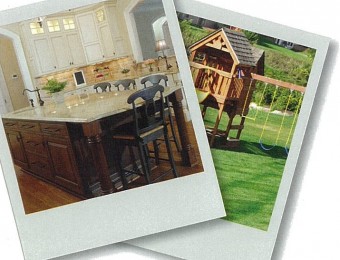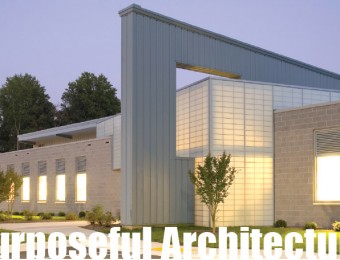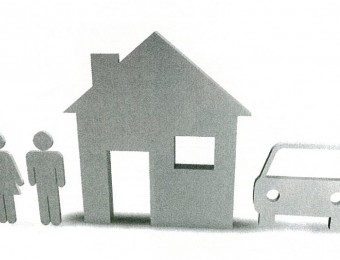Fifteen years ago, we adopted Matthew, our son with special needs from Russia. He was 3 at the time. I never imagined that I would learn so much in such a short period of time. Being an architect, I tend to constantly focus on environmental issues and spatial strategies that support the success of our three children living together. Why would this be an issue? Well, our high-functioning ASD son can struggle with good choices, and during the bad choices, he can cause incredible frustration for our younger children, resulting in enormous conflict. At times, this conflict has been life-threatening. Not always, mind you, but often – especially during his pubescent years.
Starting from the early years, our two younger children continuously experienced invasion of their personal space or trespassing in ….
Read full article




